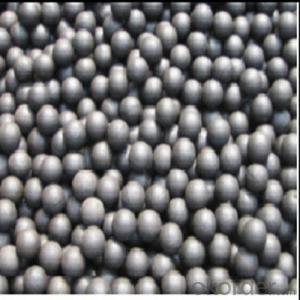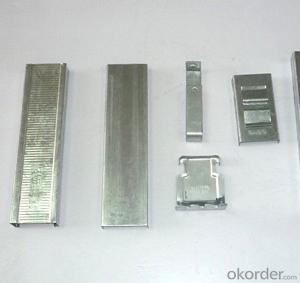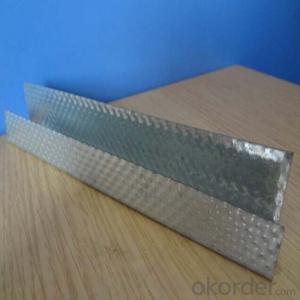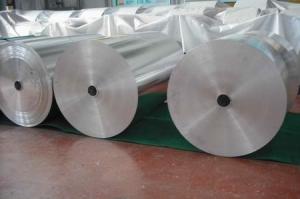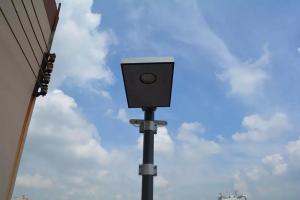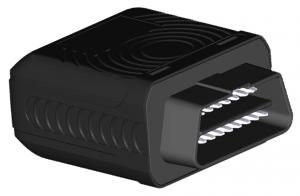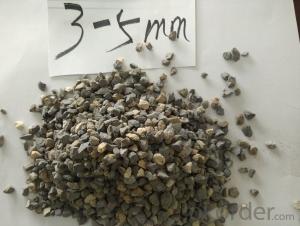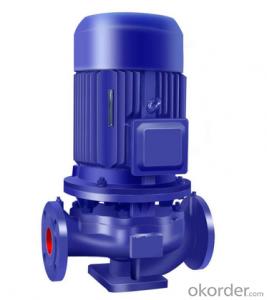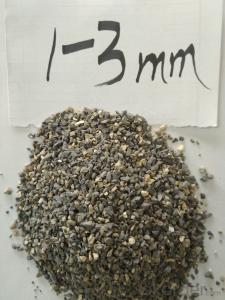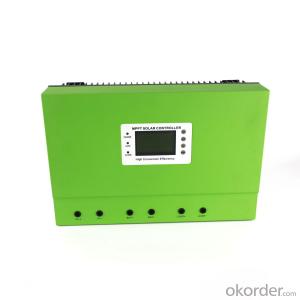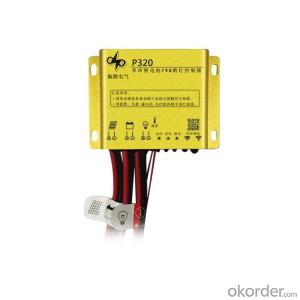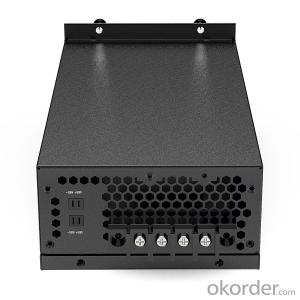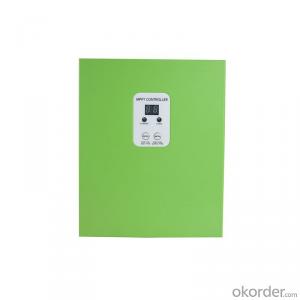Plug In Solar Inverter
Plug In Solar Inverter Related Searches
Surface Grinding Wheels For Hardened Steel Grinding Wheels For Steel Grinding Wheels For Metal Waterproofing Additive For Cement Render 3/8 In Stainless Steel Tubing Stainless Steel Drop In Anchors Scratches In Stainless Steel Purpose Of Inverter In Solar Best Solar Cells In The World Best All In One Solar InverterHot Searches
Steel Mesh Panels For Sale Price For Stainless Steel Scrap Scrap Price For Stainless Steel Cheap High Tea Sets For Sale Stainless Steel Tanks For Sale High Density Fiberboard For Sale Solar Hot Water Collectors For Sale Scaffolding For Sale In Uae Scaffolding For Sale In Ireland Scaffolding For Sale In Houston Type Of Inverter For Solar Price Of Shipping Containers For Sale Stock Price For Aluminum Used Solar Inverter For Sale Portable Led Signs For Sale Stone Hot Water Bottles For Sale Large Led Screens For Sale Used Aluminum Scaffolding For Sale 1/4 Aluminum Plate For Sale Scaffolding For Sale In UaePlug In Solar Inverter Supplier & Manufacturer from China
Okorder.com is a professional Plug In Solar Inverter supplier & manufacturer, offers integrated one-stop services including real-time quoting and online cargo tracking. We are funded by CNBM Group, a Fortune 500 enterprise and the largest Plug In Solar Inverter firm in China.Hot Products
FAQ
- Yes, a solar controller can be used with solar panels that have different orientations. The role of a solar controller is to regulate the flow of electricity between the solar panels and the battery or load. As long as the solar panels are connected in parallel or through separate input channels, the solar controller can manage the power generated by panels with different orientations. However, it's important to note that panels with similar orientations will typically generate more efficient and consistent power output.
- The flow of power from solar panels to the battery bank or electrical grid is regulated by a solar controller, which is a crucial component in a solar power system. Safeguarding the system is a crucial role played by a solar controller when it comes to dealing with power surges from the solar panels. Power surges can occur due to various reasons like sudden changes in weather conditions, fluctuations in solar radiation, or issues with the solar panel itself. If not handled properly, these surges can potentially damage the system and its components. To handle power surges, a solar controller usually includes several protective mechanisms. One of its primary functions is to prevent overcharging of the battery bank. Whenever a power surge occurs, the solar controller detects the excess voltage and current and limits the charging rate to ensure that the battery does not get overcharged. This helps in maintaining the battery's health and prolonging its lifespan. Moreover, solar controllers often incorporate devices such as surge protectors or voltage clamps for transient voltage suppression. These devices help in absorbing and diverting excessive voltage spikes away from the system, thereby preventing damage to the solar panels, controller, batteries, or other connected devices. In addition, some advanced solar controllers utilize Maximum Power Point Tracking (MPPT) technology. This technology optimizes the power output of the solar panels by dynamically adjusting the voltage and current, even during power surges. MPPT controllers enhance the system's efficiency while minimizing the impact of power fluctuations. In conclusion, a solar controller regulates the charging rate to prevent overcharging, incorporates surge protection devices, and utilizes MPPT technology to optimize power output when handling power surges from the solar panels. These protective features ensure system stability, protect components from damage, and maximize the efficiency of the solar power system.
- Yes, solar controllers typically include energy-saving features such as automatic shut-off when batteries are fully charged, low voltage disconnect to prevent over-discharging, and advanced charge algorithms to optimize energy conversion efficiency.
- Solar panels can be used with a solar controller in both parallel and series arrangements. The purpose of the solar controller is to manage the energy flow from the panels to the battery or load. It safeguards the battery by regulating the voltage and current from the panels, preventing overcharging or damage. In a parallel arrangement, multiple panels are connected to the solar controller by joining the positive terminals and the negative terminals. This setup increases the system's current capacity while maintaining a constant voltage. The solar controller continues to regulate the overall voltage and current to protect the battery. In a series arrangement, multiple panels are connected to the solar controller by linking the positive terminal of one panel to the negative terminal of the next, and so on. This configuration enhances the system's voltage capacity while keeping the current constant. The solar controller ensures that the battery is not overcharged by regulating the overall voltage and current. Regardless of whether the panels are connected in parallel or series, the solar controller is crucial for proper charging and battery protection. It monitors the voltage and current from the panels and adjusts the charging parameters accordingly. Therefore, a solar controller is necessary to optimize the charging process and ensure the battery's longevity.
- Indeed, a solar controller generally incorporates a light sensor within its design. Its primary function is to gauge the strength of sunlight or surrounding light, enabling the solar controller to adapt the charging settings accordingly. This is crucial in order to enhance the charging procedure and safeguard the connected battery from excessive charging or insufficient charging within the solar system. By utilizing the light sensor, the solar controller is able to identify the amount of sunlight accessible and modify the charging current and voltage levels accordingly, thus guaranteeing an effective and secure charging process for the battery.
- To integrate a solar controller with a smart home automation system, you need to ensure compatibility between the solar controller and the automation system. First, check if the solar controller has any built-in smart home integration capabilities or if it supports protocols like Zigbee or Z-Wave. If it does, you can directly connect it to your smart home hub or gateway. If the solar controller doesn't have native integration, you can use a smart plug or a smart switch to control its power supply. This way, you can remotely turn the solar controller on or off using your home automation system. Additionally, you may consider using a smart home hub that supports infrared (IR) control if your solar controller uses IR-based remote control. Lastly, ensure that your smart home automation system has compatible software or apps to monitor and control the solar controller. This will enable you to monitor the solar power generation, adjust settings, and potentially automate certain actions based on energy production levels. Overall, the integration process depends on the specific models and compatibility features of your solar controller and smart home automation system.
- Yes, a solar controller can be used with portable solar panels. A solar controller is designed to regulate the flow of electricity from the solar panels to the battery, preventing overcharging and ensuring optimal charging efficiency. Whether the solar panels are portable or fixed, a solar controller can be essential in protecting the battery and maximizing the performance of the solar power system.
- Proper maintenance of a solar controller involves a few key steps. Firstly, it is important to regularly inspect the controller for any signs of damage or corrosion. Cleaning the controller's surface with a damp cloth can help remove dirt and debris. Additionally, ensure that the controller's connections are secure and free from any loose or frayed wires. Regularly checking and cleaning the solar panels is also crucial to maintain optimum performance. Finally, it is advisable to refer to the manufacturer's guidelines and recommendations for specific maintenance tasks and intervals.


